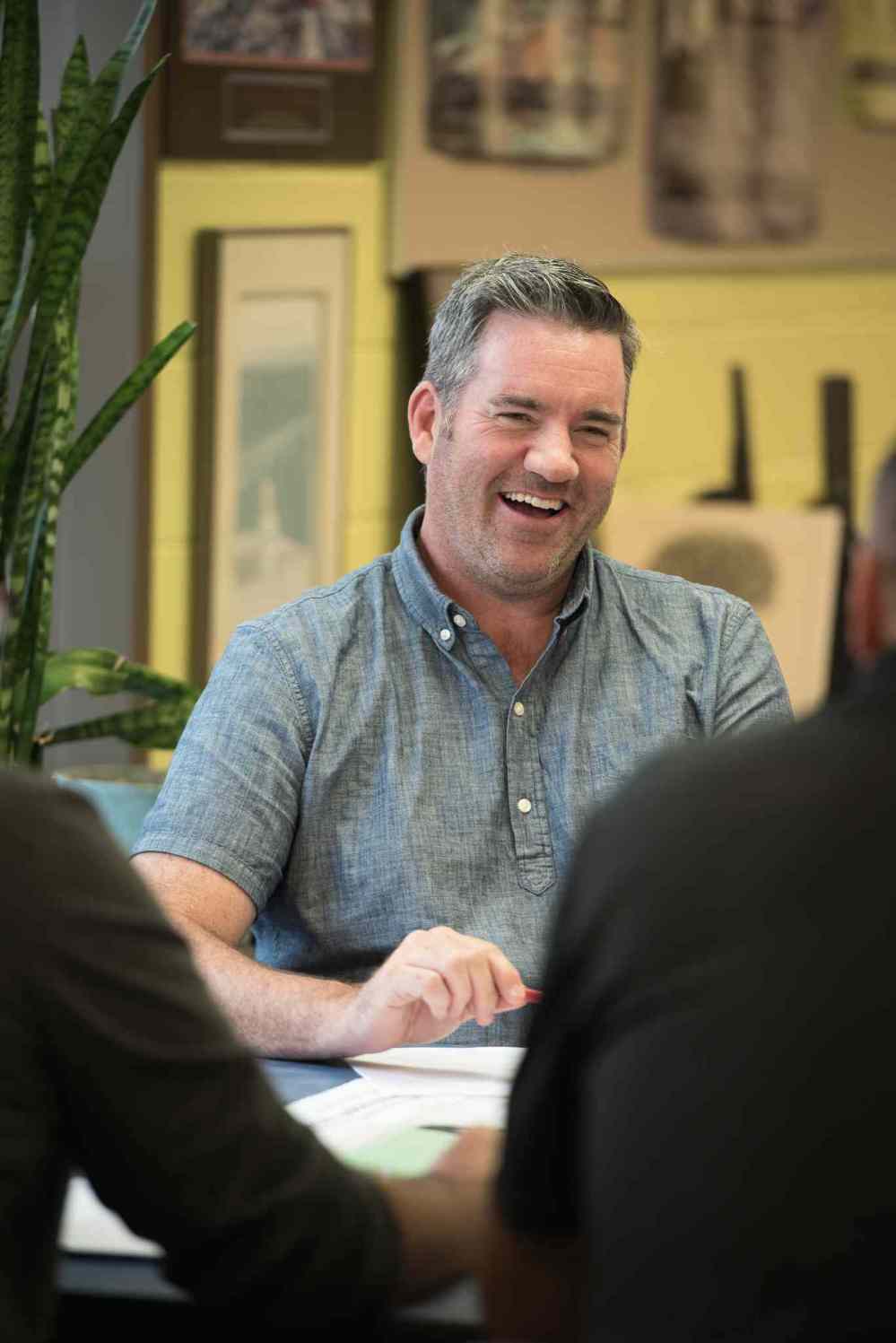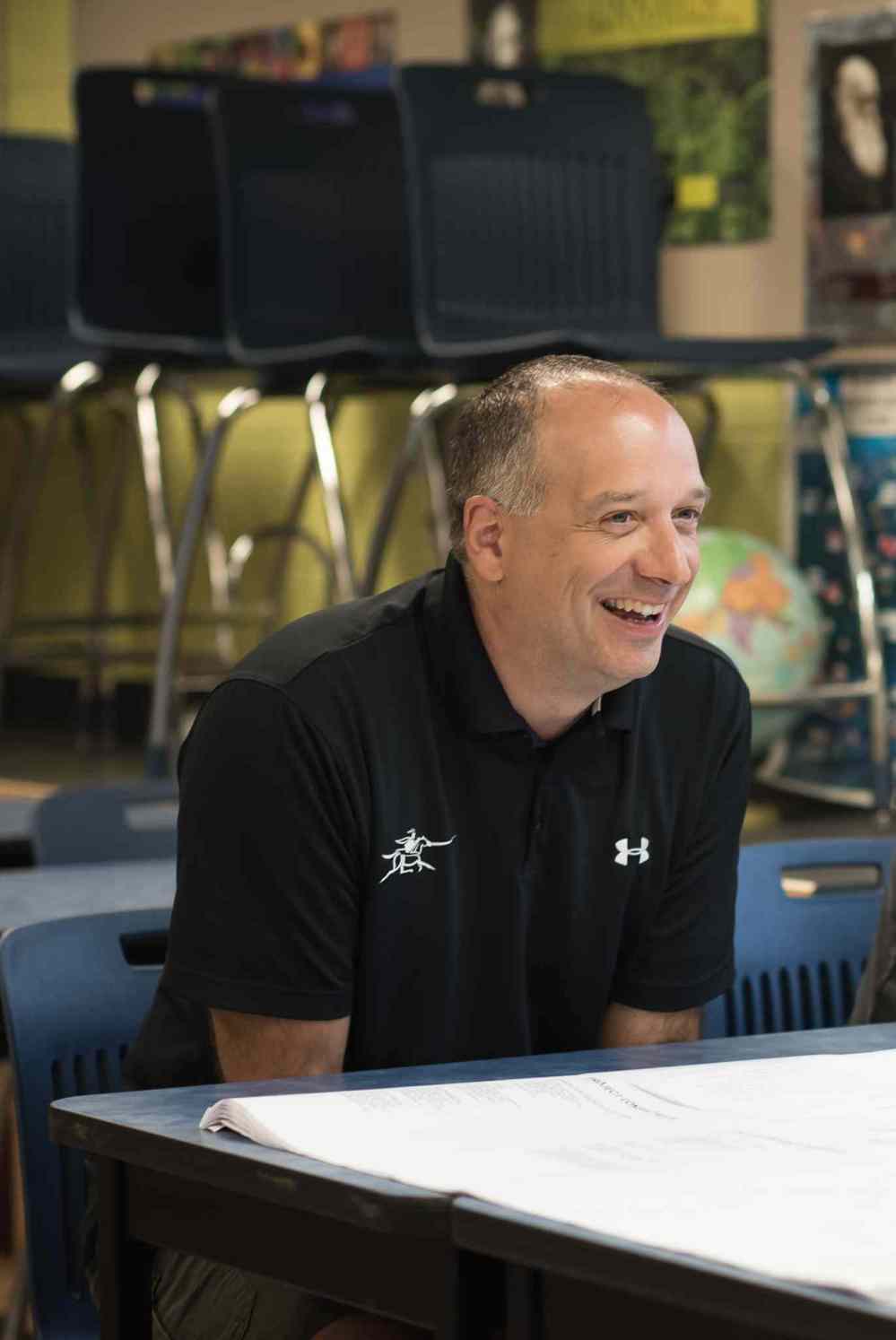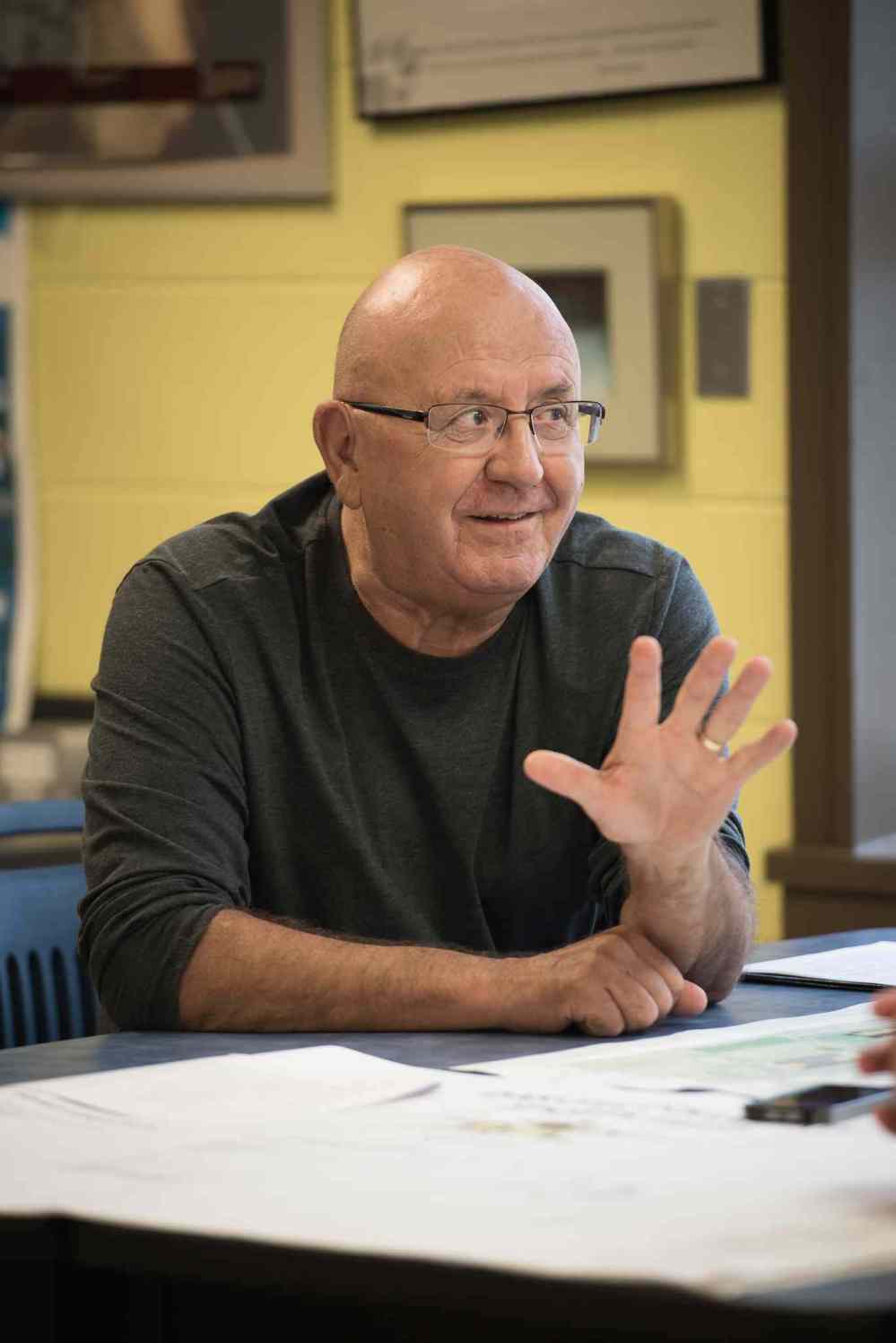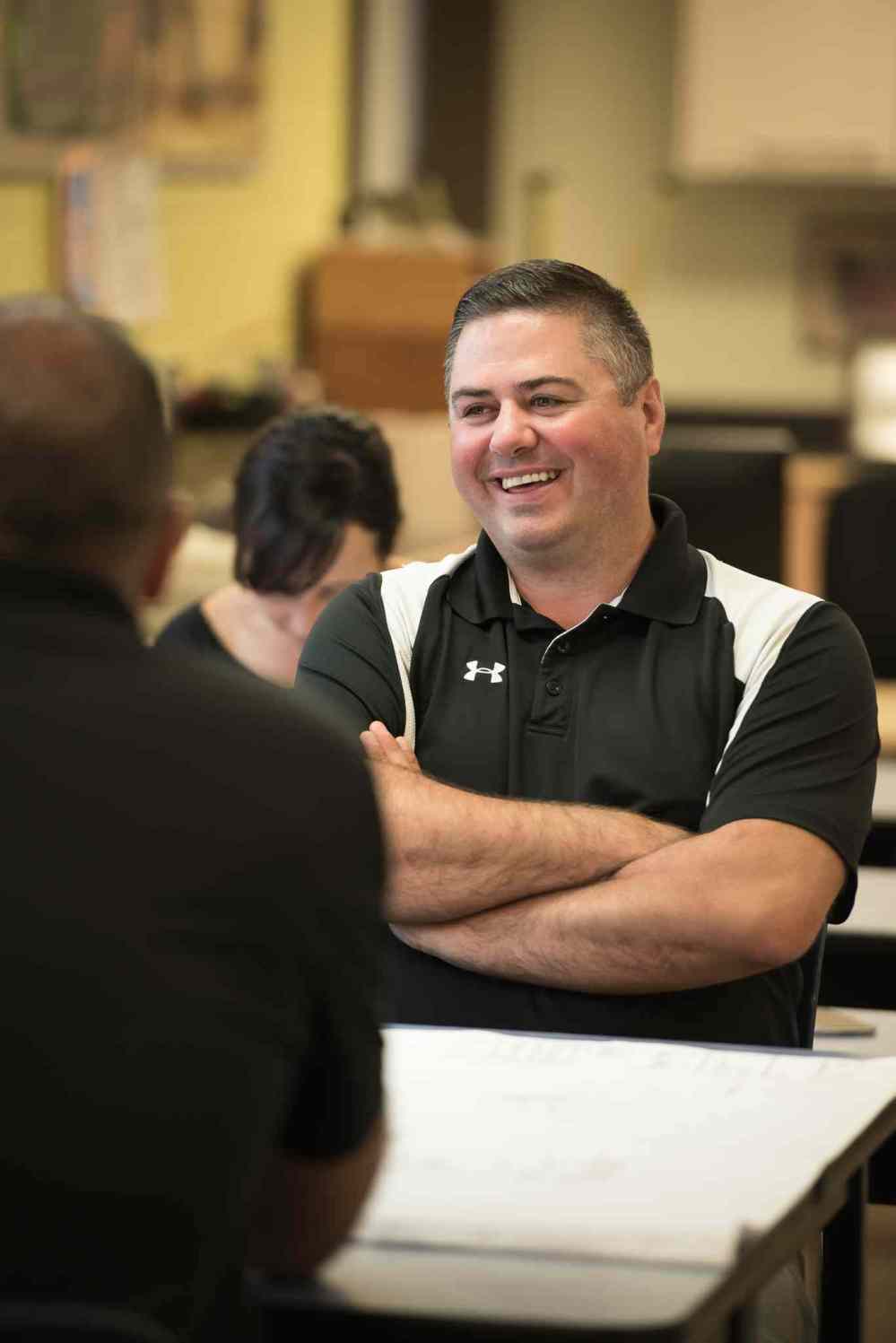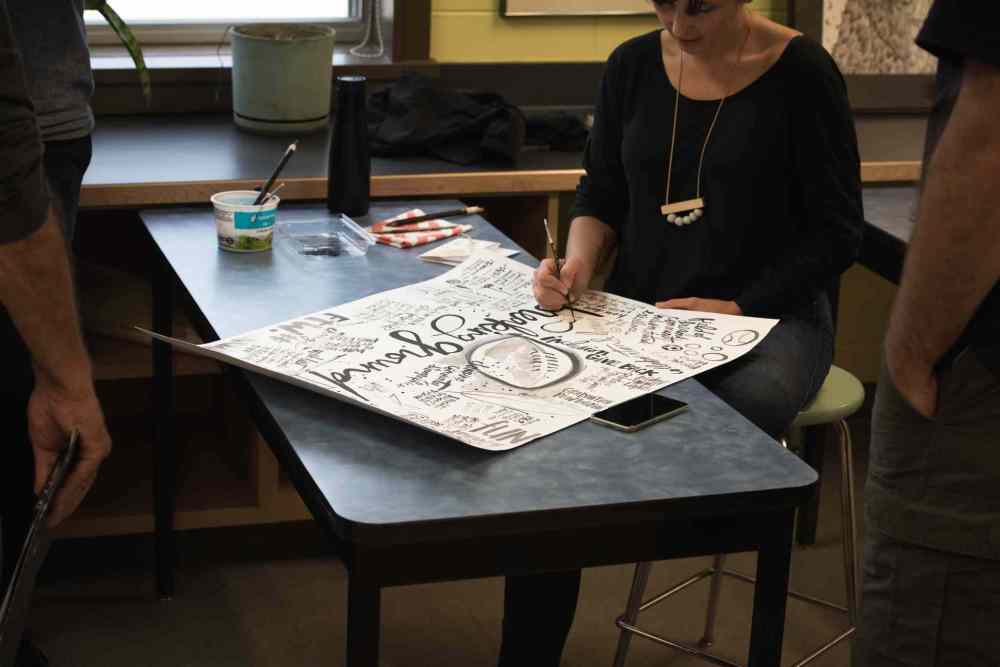Breaking ground
Diversity and culture help shape Dakota Collegiate's new field
Advertisement
Read this article for free:
or
Already have an account? Log in here »
To continue reading, please subscribe:
Monthly Digital Subscription
$0 for the first 4 weeks*
- Enjoy unlimited reading on winnipegfreepress.com
- Read the E-Edition, our digital replica newspaper
- Access News Break, our award-winning app
- Play interactive puzzles
*No charge for 4 weeks then price increases to the regular rate of $19.00 plus GST every four weeks. Offer available to new and qualified returning subscribers only. Cancel any time.
Monthly Digital Subscription
$4.75/week*
- Enjoy unlimited reading on winnipegfreepress.com
- Read the E-Edition, our digital replica newspaper
- Access News Break, our award-winning app
- Play interactive puzzles
*Billed as $19 plus GST every four weeks. Cancel any time.
To continue reading, please subscribe:
Add Free Press access to your Brandon Sun subscription for only an additional
$1 for the first 4 weeks*
*Your next subscription payment will increase by $1.00 and you will be charged $16.99 plus GST for four weeks. After four weeks, your payment will increase to $23.99 plus GST every four weeks.
Read unlimited articles for free today:
or
Already have an account? Log in here »
Hey there, time traveller!
This article was published 20/10/2017 (2975 days ago), so information in it may no longer be current.
Teamwork and communication — two tenets of sport — between design consultants and Dakota Collegiate’s students and staff were fundamental in the development of the school’s new athletic field.
A conversation among HTFC Planning & Design’s Bruce Dixon and Dakota Collegiate’s Robbie Mager and Dean Favoni, and Wayne Ruff, a former principal and school trustee, reveals how the field — officially called Murray Field — is more than just a place to play and practice football. It is a public asset and amenity for the surrounding neighbourhood.
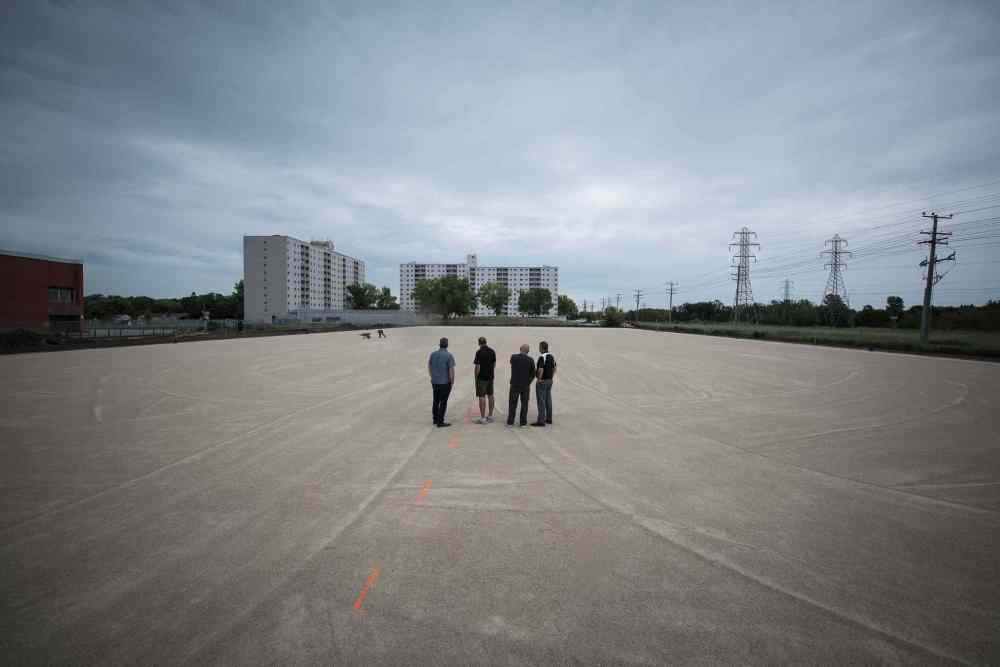
In 2013, HTFC Planning & Design was retained by the Louis Riel School Division and Dakota Collegiate to develop a master plan for a professional-grade multi-sport athletic field that could accommodate football, soccer, rugby and ultimate, as well as track and field activities. In 2016, a cricket batting cage opened as part of the plan’s first phase. The second phase of the project — Murray Field — recently opened, having had raised $2 million, with $1.18 million from the city, and the remaining from community fundraising initiatives and the private sector. As the quartet explained, adapting to the needs of varying stakeholders was a major part of the design process — as funders became increasingly engaged and committed to the field’s success.
Dixon, a senior associate at HTFC, was the lead landscape architect and project manager. Born and raised in Winnipeg, Bruce studied at the University of Manitoba and completed his master of landscape architecture degree at Kansas State University, where he specialized in golf course design.
Dixon eventually returned to Winnipeg in 1996, working on golf course design projects in Minnedosa, Neepawa, Rossmere and Southwood, among others. In 2004, he joined HTFC where his practice expanded to include recreation and education facilities. Educational facilities with recreational opportunities, as Dixon explains, can often serve as community centres.
“In the northern communities where we do a lot of work, we’re seeing schools as an important community gathering point. We were up in a community recently, and they had a new phys. ed teacher from Fort McMurray and he said, ‘I can be here at 7 a.m. and leave at 10 p.m. and kids are there all the time, wanting to use the gym, be there, to be engaged in sport and recreation.’ It’s so important for these kids to have somewhere to go.”
Born in Winnipeg’s North End, Ruff’s classmates included notable leaders such as Lloyd Axworthy and Gary Filmon, who were also his football and basketball teammates, respectively. He attributes his participation in team sport as one of the reasons why he was successful in school. He was inspired by the multicultural fabric of the North End and was motivated to give back to the community by becoming an educator. After teaching in Europe, Ruff returned to Winnipeg, later becoming principal of Dakota Collegiate in St. Vital, a community that changed considerably during his time spent abroad.
The changing demographics, he says, was a driver towards ensuring inclusion. He worked towards hiring more women to teach and raised flags representing and celebrating the different ethnicities of the school’s students.
The field’s two main early proponents were Mager and Favoni. Mager, a graduate of Dakota Collegiate, returned to his alma mater in 2011, serving as the school’s vice principal. Mager sees the value of connecting education to recreation, and in providing various cultures an opportunity to engage in sport.
Favoni, hired by Ruff 27 years ago, is Dakota Collegiate’s math department head. In the same number of years he has taught, Favoni has also coached the boys’ basketball team. As Favoni asserts, many of Dakota Collegiate’s staff live in the area. “Our staff are eager to support the school’s investment in the community because they see it as a gathering space, a welcoming place, and, for some, a hub of the community.”
Dixon, Ruff, Mager and Favoni talked about the changing demographics of the St. Vital area, and how the field is helping to address the needs of an expanding multicultural community. As outlined in A Framework for Recreation in Canada 2015: Pathways to Wellbeing, recreation should support inclusion and access. An example of how the field accomplishes this aim can be seen at the cricket cages: adding this non-traditional sport to the field design has given the school a couple of spots on a junior national team, and has engaged a growing multicultural student population.
As cultural and social trends continue to change in our public landscape, schools have begun to adopt new policies around social inclusion. Dakota Collegiate has been at the forefront of this, supporting gatherings led by its Gender Sexuality Alliance (GSA) and incorporating Indigenous ways of learning within the school curriculum. How do these social trends influence and inform the way in which space is designed for the enjoyment of students and the broader community?
Ruff: When Dakota Collegiate was built in 1963, there was nothing here — it was all prairie. There was only one housing development. The community was homogenous; it was primarily Caucasian. Many of the individuals were professionals or blue-collar workers who wanted their children to go to university. In the early years, Dakota was a very academic school. It also, however, had a strong athletics program. The gymnasium was built because the principal of that time had a vision: he believed athletics was important for youth development. After spending some time in Europe as a high school principal on the Canadian NATO base, I moved back to Winnipeg in 1987 to be a superintendent and noticed how the St. Vital community had changed. There were high-rise apartments and subsidized housing everywhere. I remember thinking to myself, “This is a changing community, and we’re going to see more of it.”
As principal of Dakota, we put up flags representing the various countries of our students to celebrate the area’s significant immigrant population. There was also an increase of First Nations students and community members. The school’s leadership has continued to celebrate this diversity, with people like Robbie and Dean, who want to build a real community, a school where people bond and respect each other and their ethnic backgrounds.
Favoni: We started to acknowledge how the community is changing, and how our school should change with it. The field is a good example of not denying our community important green space and recreational opportunities that would otherwise be out of reach for some.
Mager: There are over 80 languages spoken within these walls. It’s a very diverse and culturally rich place. When the process for the field’s design started up, I was in charge of international student programming. We were taking in a lot of students from India and Pakistan. At every intake session, I would talk about all of the sports we have. All of these students would say, “But do you have cricket?” I had never heard of cricket, and I certainly wasn’t an expert in it. So we said to these students, “Go out and find us a coach and we’ll try to make a team happen.” The sport became so popular that the first phase of our field design was the construction of a cricket practice facility. On any given night now, it’s packed!
Favoni: Two of our students have gone on to play on the junior national cricket team, travelling the world for Team Canada.
Mager: Our cricket cages are so busy! Dean saw someone practising in one of the tennis courts, and asked, “What are you doing there? Get in the cage!” The kid said, “Mr. Favoni, it’s so busy! I can’t get in there!” What’s incredible is that it’s not just kids in the cricket cages. Their families come and watch. They bring food. It’s a gathering place.
Favoni: As small as it may seem, the cricket cage would not have been possible without an administration that’s committed to addressing the school’s changing diversity. I have seen a pattern of hiring teachers with a willingness and interest to do things beyond the walls of the classroom, in creating a place of inclusion and activity, and encouraging kids to find what is important to them. Through GSA, through band, through music, through drama, through volunteerism, through sports — there is a greater likelihood that the student will see their education through to graduation if they are involved and connected. And that’s a big reason why we have a football team. Those kids are now further tied to the school and its sports culture as athletes, not just spectators. By having this field here, it strengthens the tie to education significantly — the kids can walk outside and play and practise, and their friends can watch them. As an educator, allowing kids to connect to school, to the community, and to their education, makes you proud.
Ruff: The school has nurtured community engagement and citizenship. It’s like you’re at the United Nations; you can’t help but smile because these kids are interacting with each other the way that you would want them to. They don’t see colour — they’re friends, they’re colleagues.
How much of these trends influenced the design of the new sports field?
Dixon: The school’s commitment to diversity influenced design in a major way. The school had a wish list of features, and as their technical design support, we had to ask, “What can fit? How can we use the space available most effectively?” Equity and access to the field was, of course, a critical design consideration. Our job was to find a way to make their vision a reality — trying to make it manageable, and working with the finances available. For me, the process was incredibly inspiring — seeing the students, faculty, and administration talk about their school and its place within the community as a key gathering place for all types of people. The school’s 50th anniversary in 2013 brought alumni and the community together — it was where the vision for the field started to unfold and become richer, where people began to feel engaged and part of the project.
Why was it important to include an Indigenous interpretive area?
Ruff: We have a long history of promoting Indigenous inclusion. Dakota Collegiate was one of the first high schools in Winnipeg to host a graduation powwow. Elijah Harper, a former politician and chief, is an alumnus of Dakota Collegiate. So for us, ensuring the field has a multiplicity of uses and brings in people from all different cultures was a design priority from the beginning.
Can you talk about the sports field as a public amenity/asset?
Favoni: Our school is made up of kids from the south and north of St. Vital. The south tends to be middle- to upper- class families, and the north tends to be middle- to lower-class families, socioeconomically. The Dakota Community Centre just had a massive $20-million expansion. It’s not far; we can walk there. But for some, Bishop Grandin Boulevard is like a virtual train track that creates a perception that there is a separation, and some of the kids who attend Dakota Collegiate don’t feel like they have access to the Dakota Community Centre (which is several blocks south of Bishop Grandin). So, our school’s new field gives them a place to come and play, and for their families to come watch in their own neighbourhood, almost in their own backyard. A place that’s completely accessible. One of my students said to me once, “Assiniboine Park (Winnipeg’s main cricket facility) is too far for me.” When we built the cricket cages, that same student said since it was closer to home, it made it easier for him to participate.
Mager: School is the great equalizer. Community club sports are often very expensive. In a school, a kid can jump on a football field or soccer field for free. Schools can provide the gear and the jerseys. If kids can’t afford it, we can help subsidize.
Ruff: The cricket cage was, in my opinion, an important catalyst. It was a signal that the school had recognized its changing demographics and the need to provide non-traditional sporting opportunities. When you look at the field, there are opportunities for football, but kids can also play ultimate, soccer, lacrosse, rugby, field hockey and cricket. Now we’ve got a facility that can meet the needs of a diverse population. It provides greater access, and it brings the community together.
Favoni: Cricket was the first phase of our project. It was a conversation starter. People would say, “You’re adding what?” It got people thinking about other types of sports and services that can be provided. It reminded people that the community has a diverse make-up. It drew people into the project, and piqued their curiosity.
(Artist) Kal Barteski: It’s this, “We see you, we hear you, and you’re here.”
There is a new reality of corporate and citizen funding for projects in our province. There is a growing reliance on capital campaigns for many projects now. From a design standpoint, that means we need to include things that capture the interest of funders, which can spur some exciting results.
Dixon: When the community donates to causes and initiatives, it can often create a heightened sense of ownership. To me, this is a great thing — it ensures projects are collectively earned and achieved. With Murray Field, the community was an integral part of the design process — they helped us dream even bigger. As designers though, we have to be adaptable, but also have the unique task of guiding ideas to available resources.
Ruff: When we first started, so many people said, “That’s never going to happen.” But Robbie and Dean got creative, and started to plan gala dinners and events, and started to enlist the support of the business community.
Favoni: Over 1,800 people have attended our dinners to support the field. We’ve partnered with many community businesses. They too need to be given credit to the success of the project. For example, the grocery store owner across the street bought a couple of tickets to the first gala dinner, but now he buys a table. He also runs in-store promotions, and the cashiers wear Dakota Lancer shirts. Fundraising has really evolved from people dipping their toes into the project, to now, where many come up with ways of their own on how to contribute.
Mager: Our city councillor, Brian Mayes, announced the city’s first funding investment in 2015, which pushed things along. From there, we had people calling us out of the blue. The political landscape was prime back in 2013. There have been a few elections since then. People have often strategically used the field as commitments in their platforms. When we came up with plans for the field in the first year, we sat down with staff, students, alumni and community members — everybody had an opportunity to provide input into the design. That was very important from Day 1, and they all have remained committed to the project’s success as a result.
Ruff: The field was meant as a way to bring people together. It wasn’t just a football field. It was a way to address the changing needs of a community that hadn’t seen their needs being met for quite some time.
Dixon: When the project lost funding from the province in 2016, we had to produce a new plan to develop the field with natural grass, instead of the more expensive artificial turf. But we knew that the artificial turf was the essence of the project as it extends use of the field from early April well into October. With the community stepping up and rallying together, it really helped to maintain the initial goal and make the artificial turf a reality.
As community members become more involved in design and fundraising of projects, they also may learn more about the rationale behind design decisions. Do you think this project has increased and enhanced your understanding of design? In what way?
Favoni: It will be interesting to see if other schools follow our model in the future. This becomes a nice playbook for future field and possibly music and arts investments.
Mager: This project was fun. We got a chance to meet our neighbours, the businesses here, and just the neatest people from our community. One of the field partnerships was with Lacoste, a greenhouse. They called us up and wanted to give us some plants for our graduation. So the field has opened up other opportunities.
Ruff: I don’t think I’ve worked on something with so many moving parts. When a challenge was conquered, there were smiles on so many faces.
Mager: Dean and I have spent so much time together, and our wives are happy that this project is almost done. We used to go around the office and high-five so many of our staff, because every day there was a new challenge that we got through together. So many people became part of it, and they will continue to be stewards of the project.
Dixon: It was an almost daily basis of communication. I would receive calls from the guys asking, “How do we rearrange this? Will this fit? What if we did it this way?” It really was a back-and-forth collaboration.
Favoni: This project could not have happened without Bruce and HTFC, and Shelmerdine (general contractor for the field). The amount of times we’ve called them and made changes. We’re surprised you’re still here! Also, it was important to have business leaders and families believe in our vision. Dan Murray and family, Dale Driedger and Pinnacle, Myron Klysh and family, Qualico, and Councillor Brian Mayes and the City of Winnipeg, supported in significant ways, turning what was a simple dream into a reality.
Ruff: I’ve never seen such a group like this that brought together such a variety of people. At our weekly project meetings during construction, we’d have HTFC, engineers, subcontractors, the head of facilities and maintenance, superintendents, coaches, and teachers. We were in a collaborative environment. I’ve learned so much about construction and design through this process than I ever would have.
Favoni: Robbie and I are teachers. We don’t normally plan events or galas. We learned so much about event planning, architectural design, community building, and politicking.
Dixon: That’s what is fun about design. It’s a two-way street — we’re learning from our clients and the community, and hopefully imparting some wisdom as well.
Ruff: A project like this is often impossible because of push back from the board. We had a school board with open minds — who were interested in hearing our ideas and making them possible.
Tell us about the field’s first opening night?
Dixon: To see the vision turned into a reality. I was so excited. The field is going to be a source of pride for a lot of people, for the school division, the school, the community, and our firm.
Favoni: It’s been a roller coaster for us. To see the field open, to see our team out on it — it was overwhelming and emotional. It’s been a long time coming for us. We’re going to walk or bike by now and just smile. It’s created a real sense of pride.
Mager: As much as the scenario played out in my mind, the opening of the field far exceed my expectations. I had goosebumps throughout the night. We had 500 kids and family members playing and watching football out there. It was amazing. I feel like the field’s completion is going to push the gas pedal even more, empowering us to do even more at Dakota Collegiate but also in the community.


